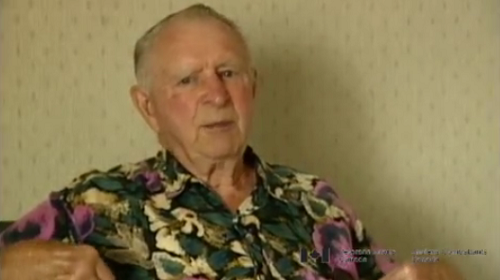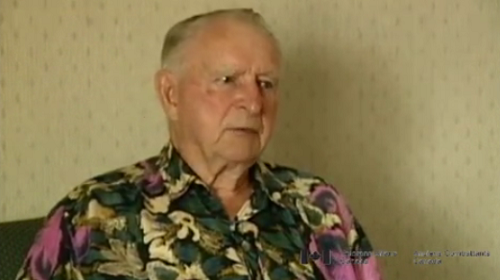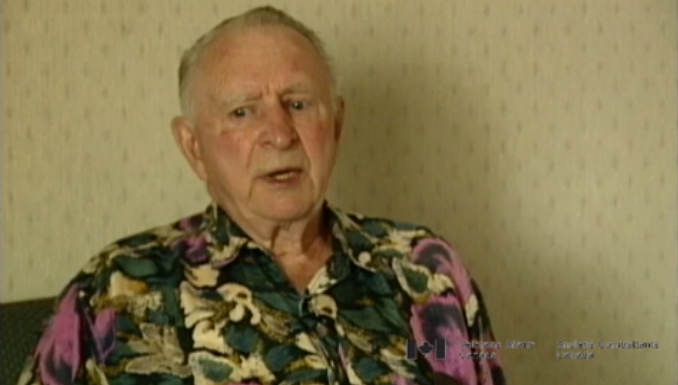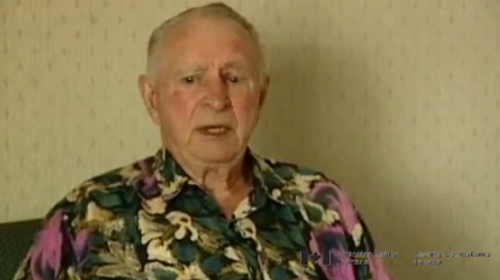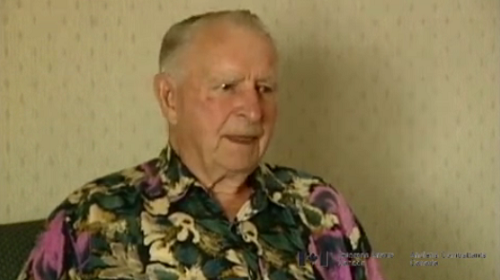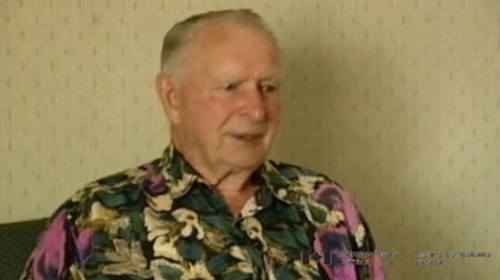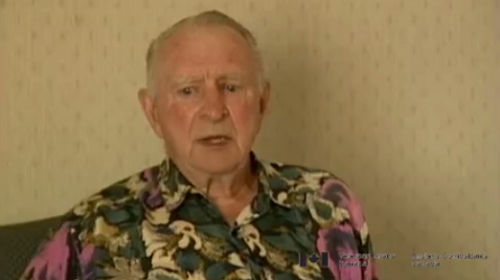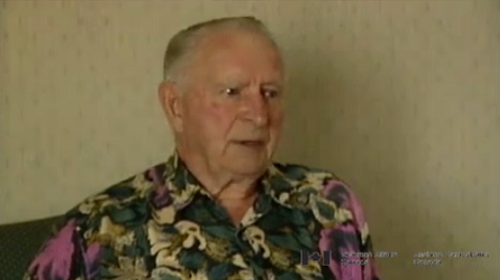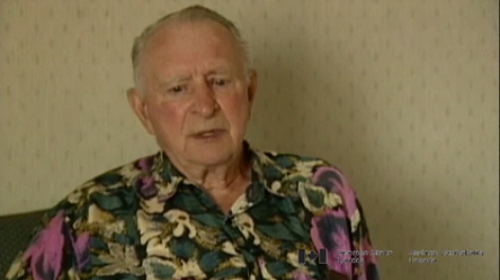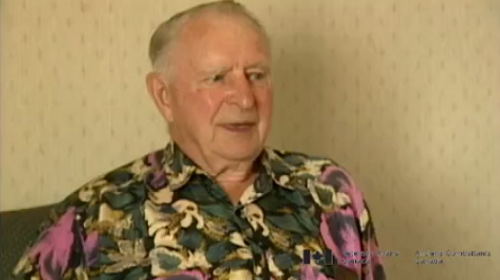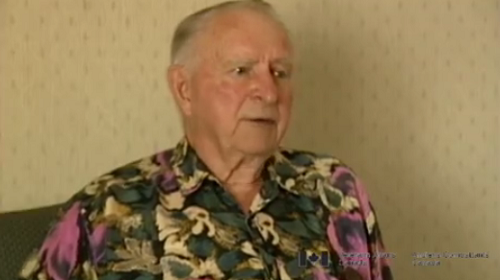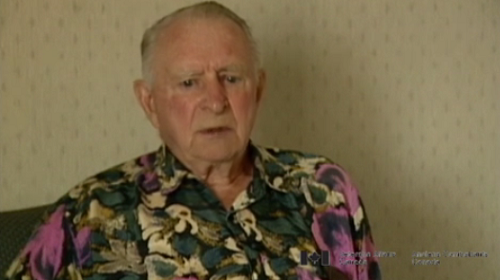Last Action
Heroes Remember
Last Action
Transcript
Description
Mr. Gyselman is designated a platoon runner who is sent to the front and witnesses a deadly ambush set for the Japanese. Eventually, the enemy regroups and a mortar attack drives the Canadians from their position. Heavily loaded down and under enemy fire, Mr. Gyselman escapes. He later notices that his pants legs are full of bullet holes.
Harry Gyselman
Harry Gyselman was born on February 11, 1920 in Moosejaw, Saskatchewan. His father left the insurance business to farm, but went broke during the depression. After his father’s death, Mr. Gyselman worked odd jobs to support his family. Initially interested in joining the Air Force, he opted to join a friend who was enlisting with the Winnipeg Grenadiers. Mr. Gyselman was a truck driver during the battle of Hong Kong, and was in the POW camp in Niigata, Japan when the war ended. He has the distinction of being the first Canadian POW to reach mainland North America after the war.
Meta Data
- Medium:
- Video
- Owner:
- Veterans Affairs Canada
- Recorded:
- October 10, 2000
- Duration:
- 2:46
- Person Interviewed:
- Harry Gyselman
- War, Conflict or Mission:
- Second World War
- Location/Theatre:
- Hong Kong
- Battle/Campaign:
- Hong Kong
- Branch:
- Army
- Units/Ship:
- Winnipeg Grenadiers
- Rank:
- Private
- Occupation:
- Truck Driver
Related Videos
- Date modified:



